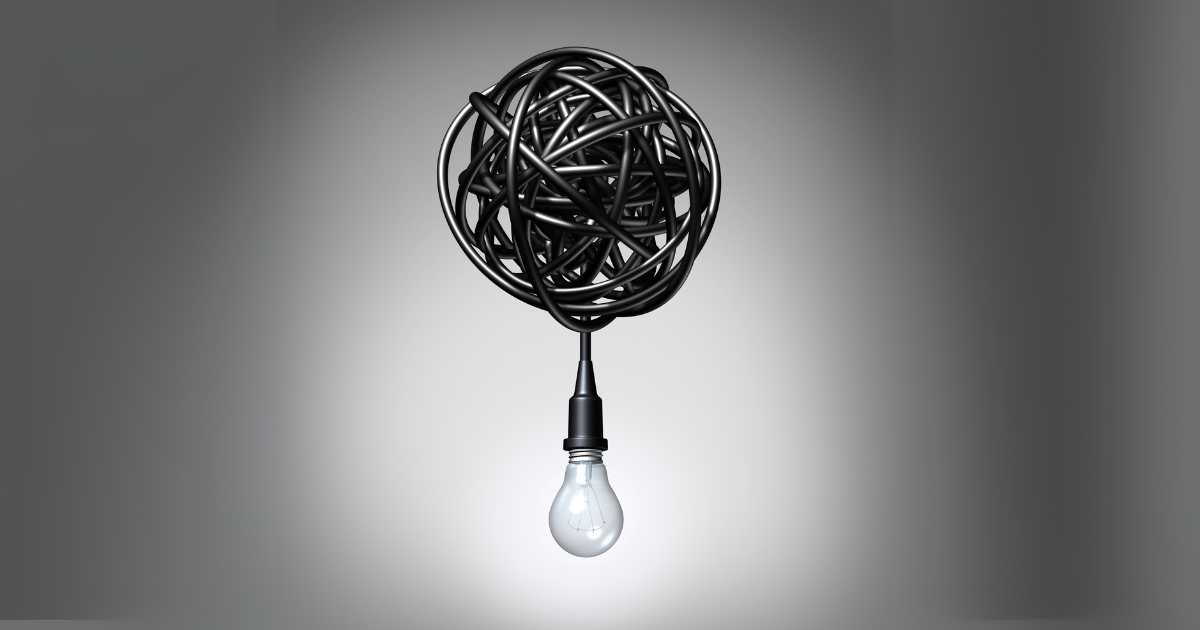
For businesses that need to fulfil a large order but don’t have the funds to do so, purchase order financing is an attractive option. This form of working capital finance is suitable for distributors, outsourcers, resellers, wholesalers and businesses with a tangible product.
To apply for purchase order financing you must have a valid purchase order agreement with the government or a corporate client. If approved, the lender extends funds needed to deliver or manufacture goods. Once the client receives the goods and pays the invoice; the lender then deducts their fees, which is usually a percentage of the purchase order.
What makes purchase order financing especially transformative for small businesses is that it enables them to take on big orders without taking on additional debt or negatively impacting their cash flow.
To help you decide if purchase order financing is the right working capital option for your business, we weigh up the pros and cons.
Purchase order financing pros
No affordability checks. In general, funders do not conduct a general affordability assessment, including credit checks. They will, however, ask for proof that you can deliver on the order. Some lenders ask that businesses have a trading history of a minimum of 12 months and have a track record of supplying goods and services.
Convenience. It’s typically faster and easier to obtain purchase order funding than a traditional bank loan. Many lenders now allow you to apply online which makes the process even more convenient. Some of the information you will need to submit are a valid purchase order supplier quote, CIPC documents, proof of previous work (previous PO, with the delivery note and invoice to client); tax clearance certificate and BEE Affidavit/ certificate.
No monthly instalments or interest rates. Purchase order funding is not a bank loan so no monthly instalments are needed to settle a debt.
Purchase order financing cons
Client credit worthiness. A purchase order loan is based on the creditworthiness of your client. Your chances of being approved are higher if they are well-established companies. Some lenders have a preferred client list; these are companies that they have worked with before and regard as reputable.
Purchase order requirements. Lenders have a minimum gross margin for each deal that they fund. This is usually 20% or even 30%. Lenders may also have a time limit in which your purchase order has to be completed. This is typically 60 days.
Costs. While PO funding does not carry any interest rate fees, the lender will charge you fees for extending the funds to you. This includes the purchase order facilitation fee, which is usually a percentage of the purchase order, and the supplier VAT cost transfer.






